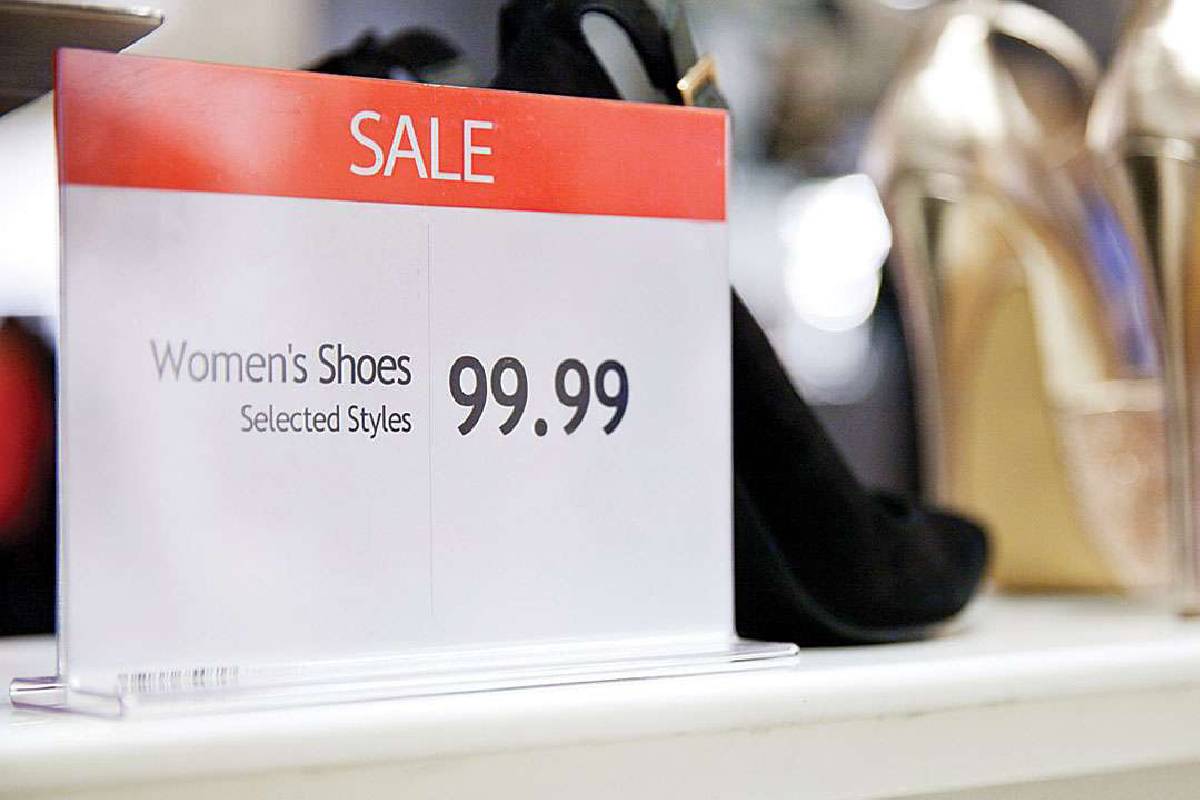When you have a $60 product, pricing psychology would teach you to price it at $59.97. Why?
Wherever I go on the internet, I see digital products and physical products and even services being priced with the magical 9’s and 7’s. There are many theories. One crazy psycho-babble theory is the Charm Pricing Strategy. This involves using pricing that ends in “9” and “99.”
With charm pricing, the left digit is reduced from a round number by one cent. We come across this technique every time we make purchases but don’t pay attention. For example, your brain processes $3.00 and $2.99 as different values: To your brain $2.99 is $2.00, which is cheaper than $3.00.
In 2005, Thomas and Morwitz conducted research they called “the left-digit effect in price cognition.” They explained that, “Nine-ending prices will be perceived to be smaller than a price one cent higher if the left-most digit changes to a lower level (e.g., $3.00 to $2.99), but not if the left-most digit remains unchanged (e.g., $3.60 to $3.59).”
However, this does not apply to all cases.
Marlene Jensen, author of several books on pricing strategy, including Setting Profitable Prices, has indicated in her research that if you test supermarket pricing (meaning using cents instead of rounding off), women will buy more. On the other end of the spectrum, men like to have things rounded.
Since women out-buy men five to one, most publishers use supermarket pricing, but if we had an all-male audience, like Men’s Health we might round things off.
On the other end of the spectrum, we have The Prestige pricing strategy. It involves making all numerical values into rounded figures, i.e., $99.99 is converted to $100.
You may be wondering why. According to Kuangjie Zhang and Monica Wadhwa in a 2015 study, rounded numbers (e.g., $100) are more fluently processed and encourage reliance on consumers’ feelings, compared to non-rounded numbers (e.g., $99.99), which are less fluently processed, and encourage reliance on cognition.
This means that rounded numbers “feel right” because the purchase is being driven by feelings and the price is processed quickly.
Zhang and Wadhwa realized that consumers were more inclined to buy a bottle of champagne when it was priced at $40.00, rather than $39.72 or $40.28.
So know who your target audience is, is it more men than women or more women than men?
Be on brand and know if you want to be perceived as a cheap or expensive company and use the pricing strategy that connects the best with your audience and your brand.




